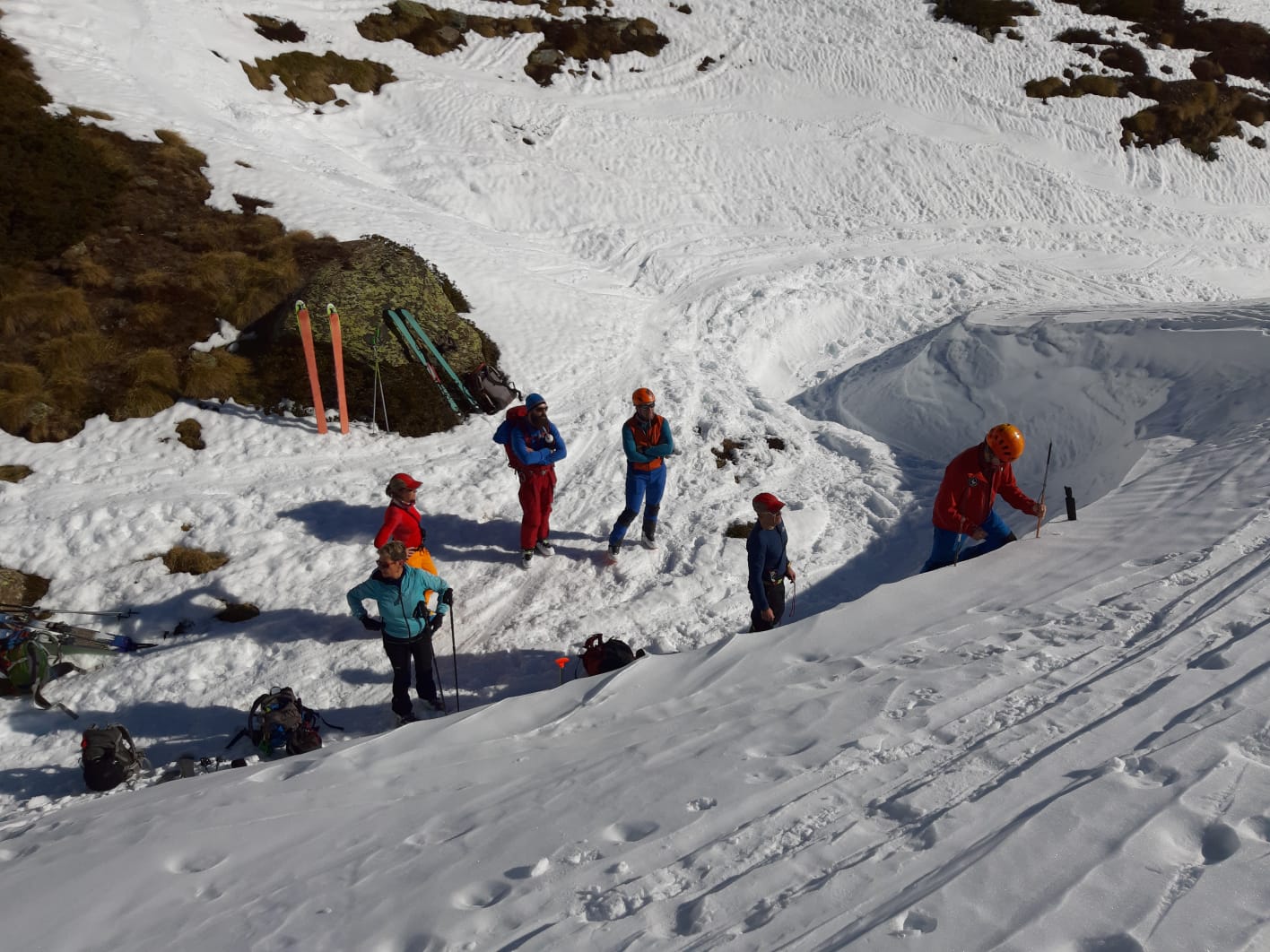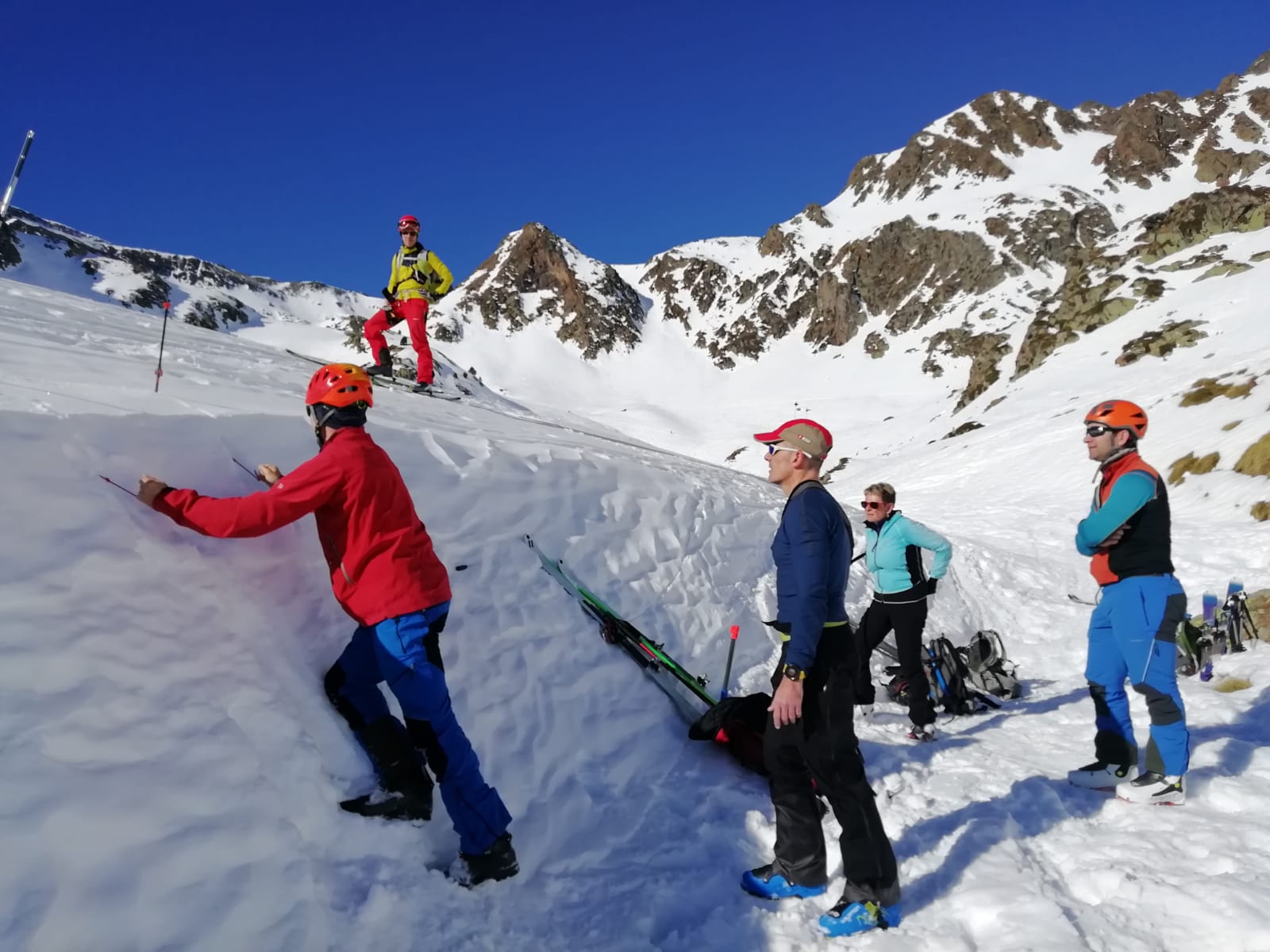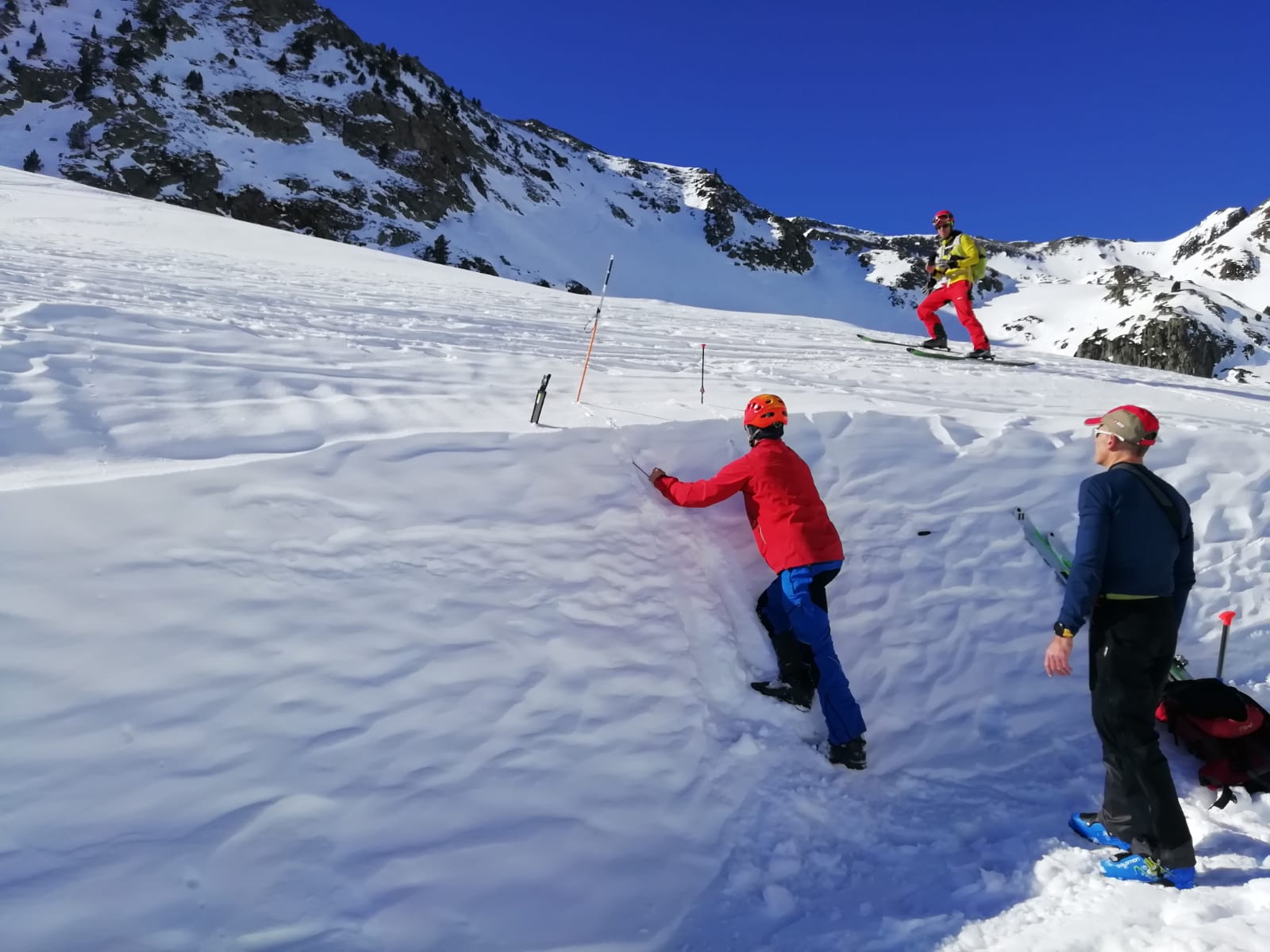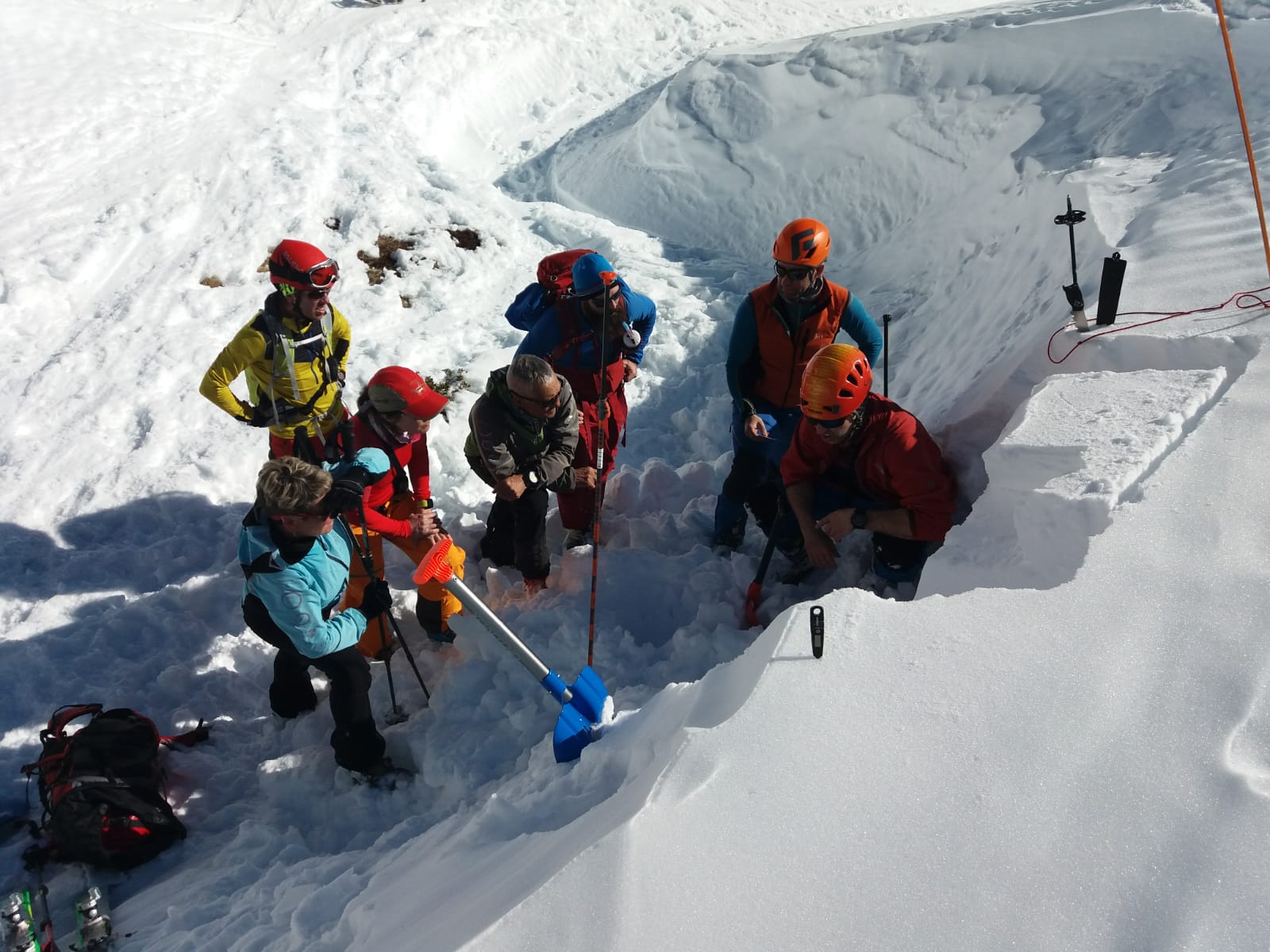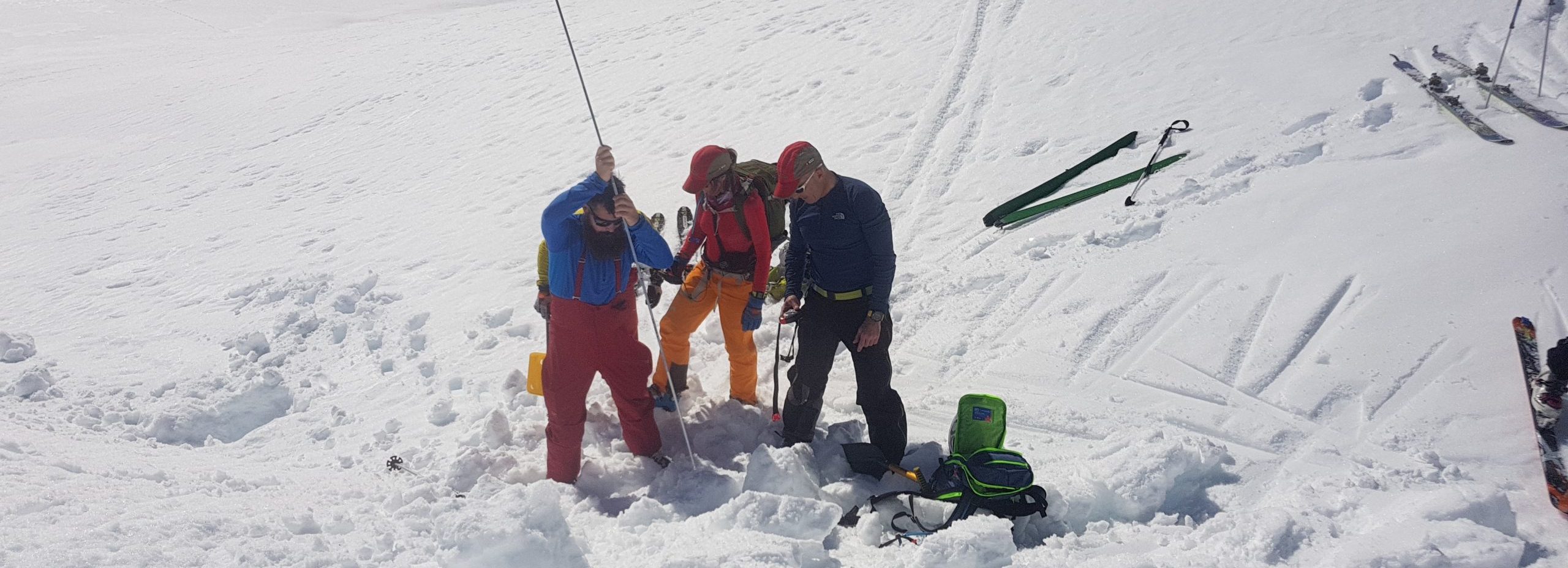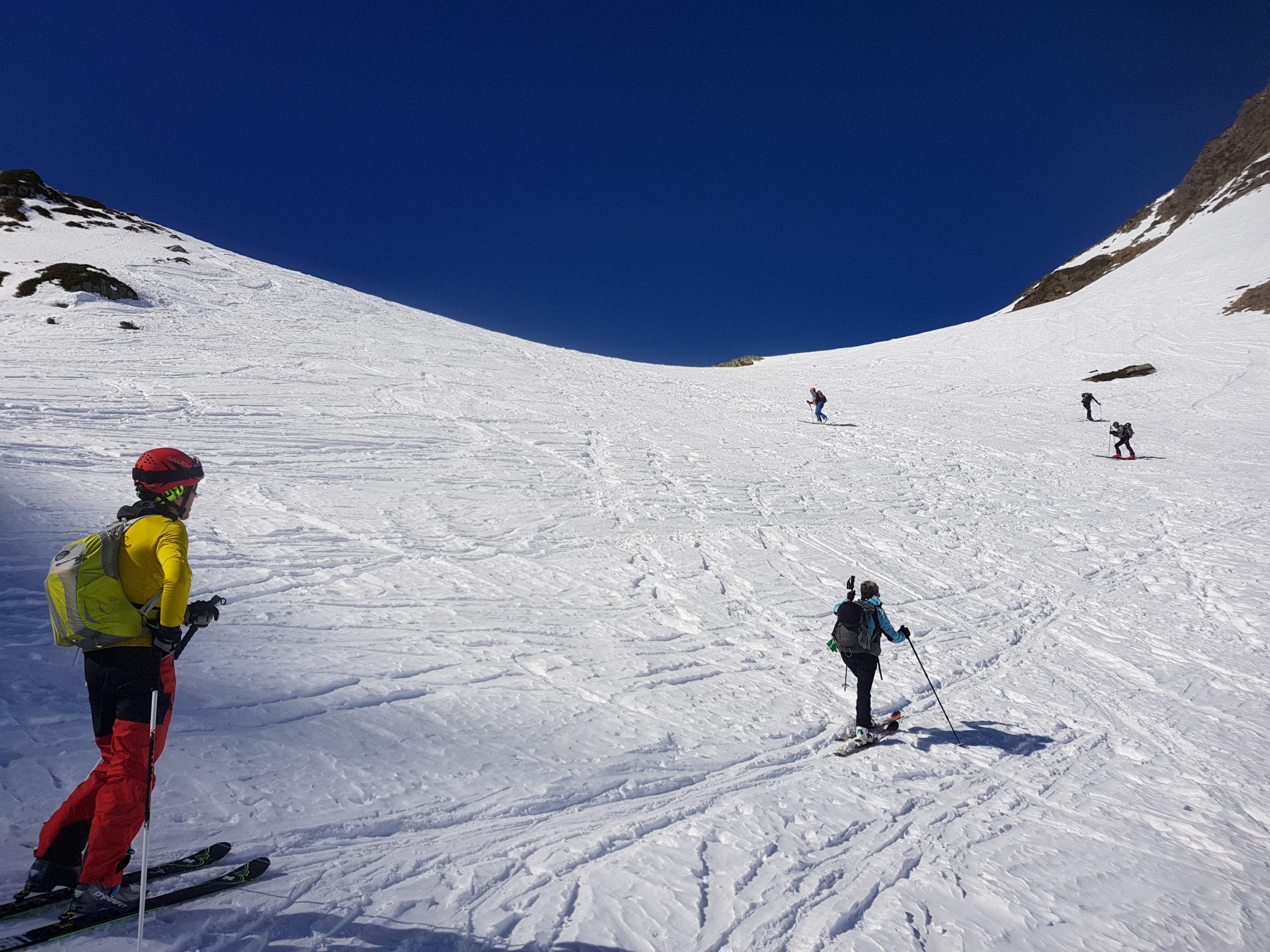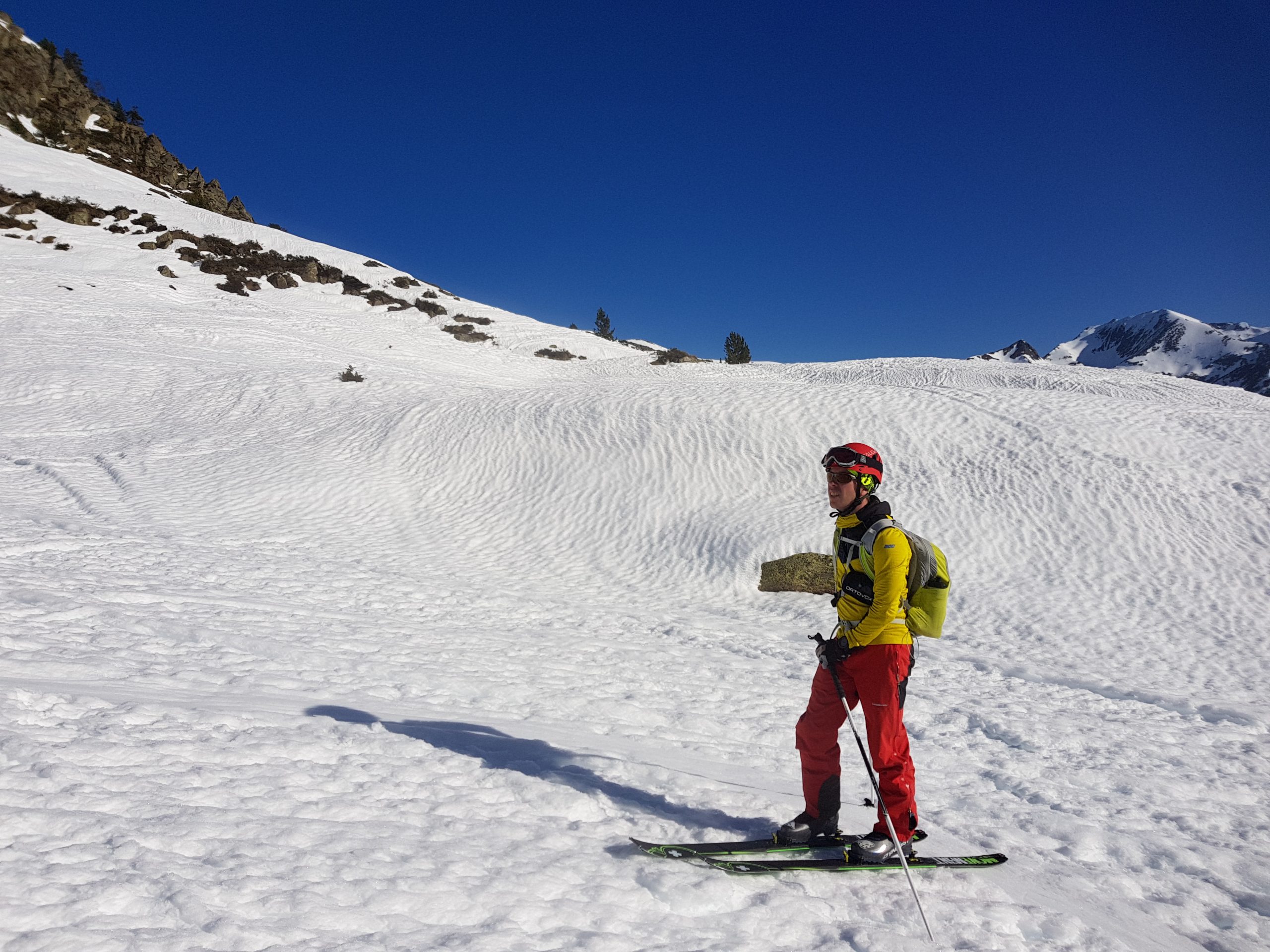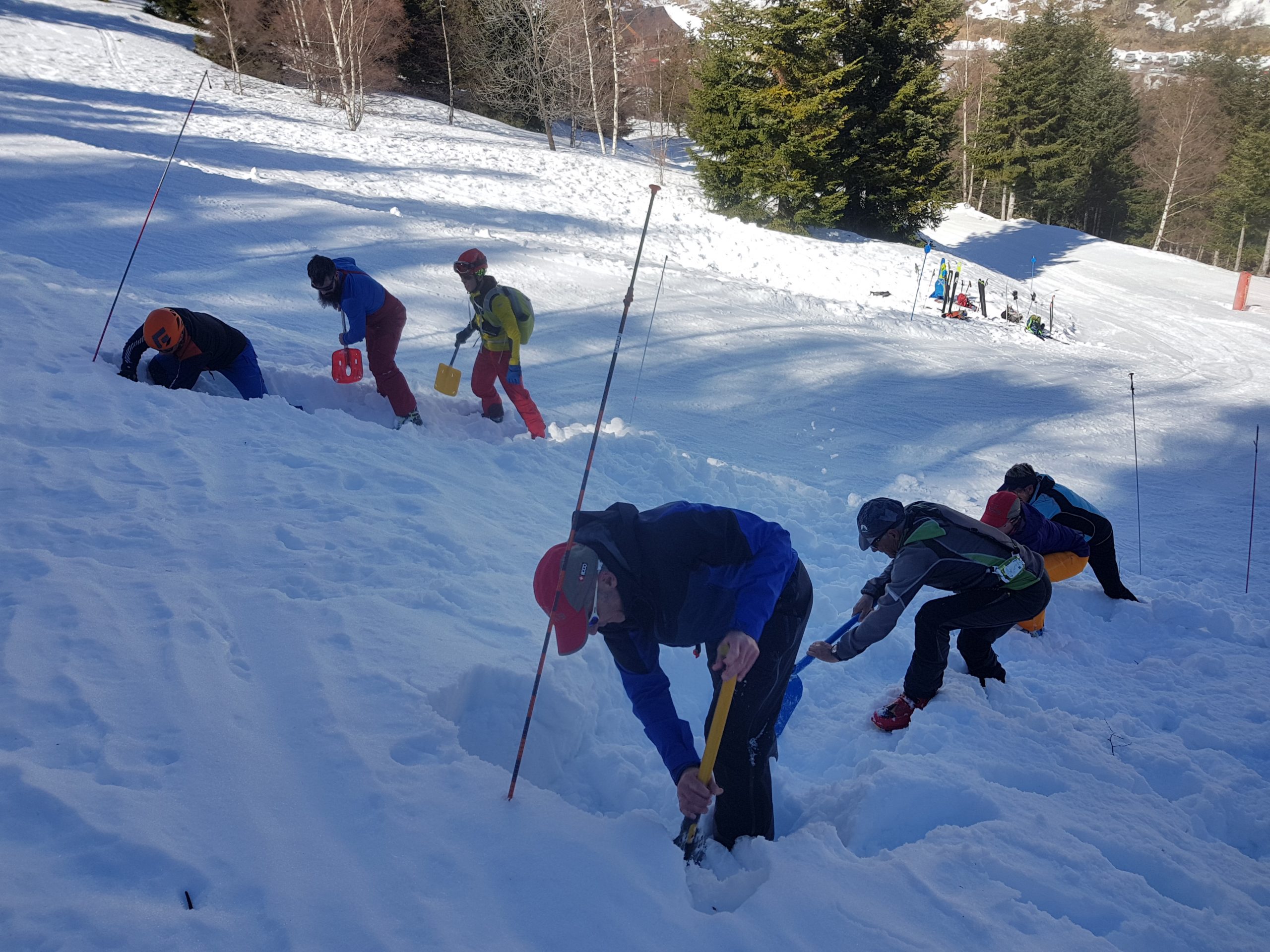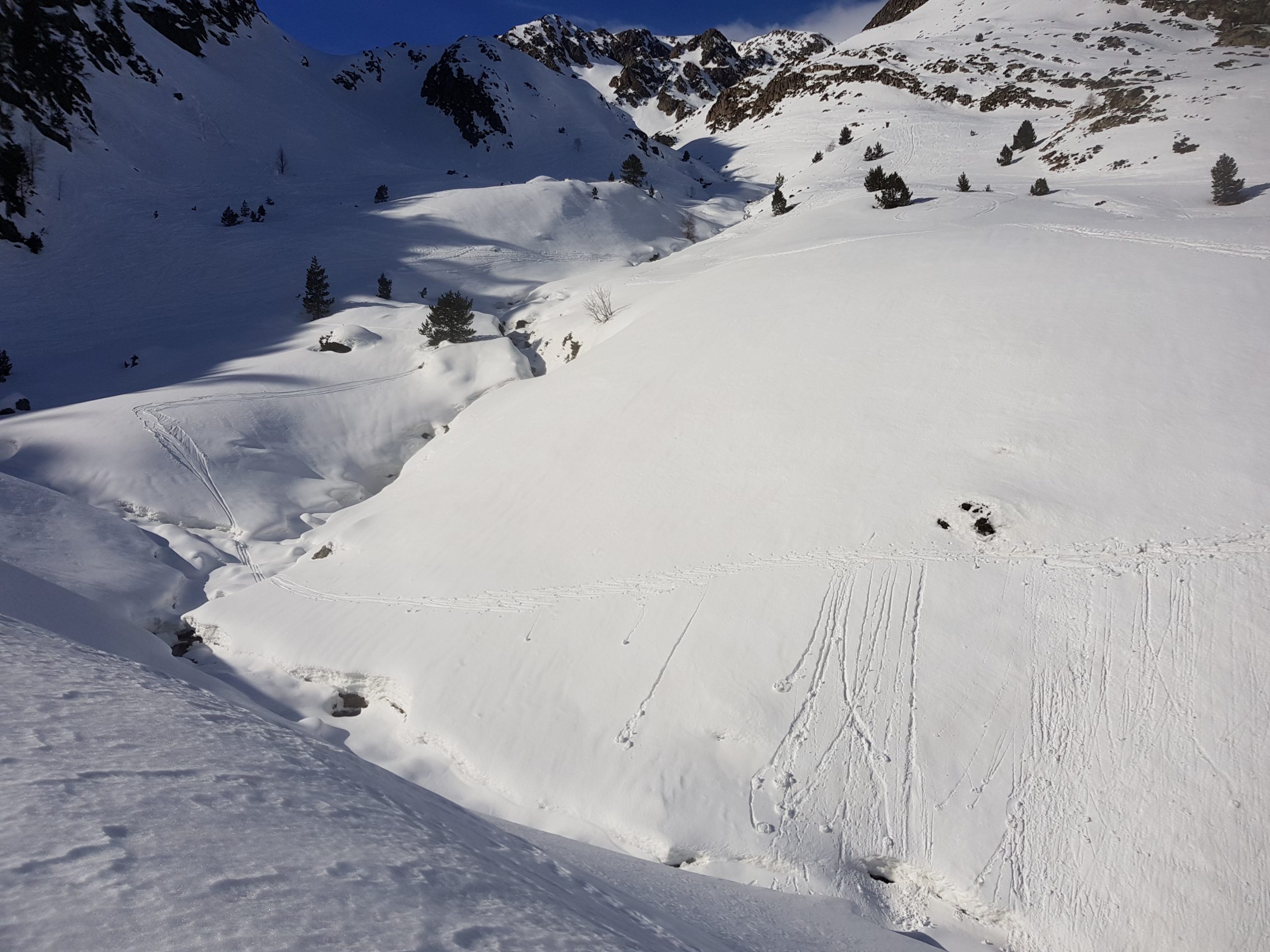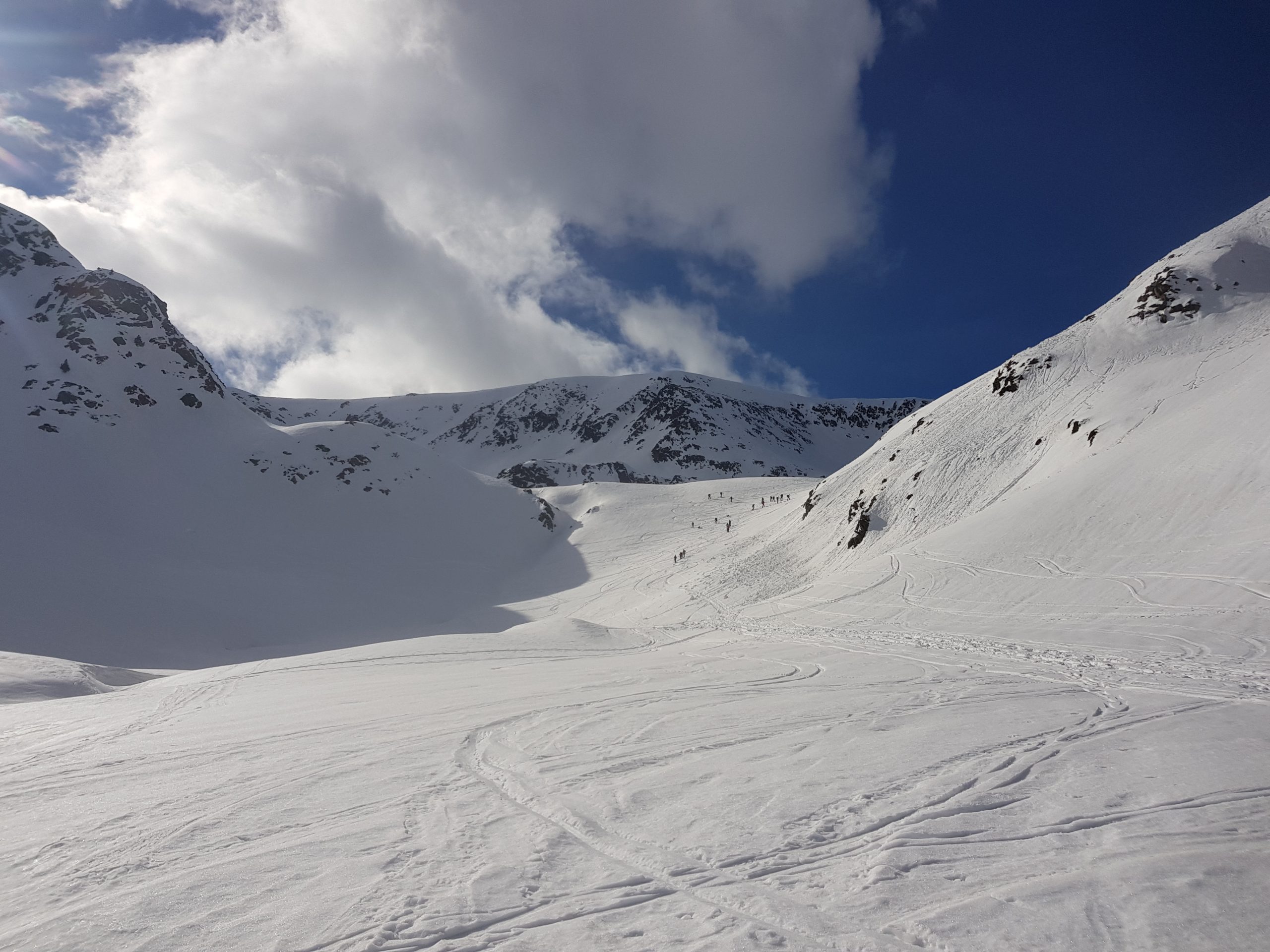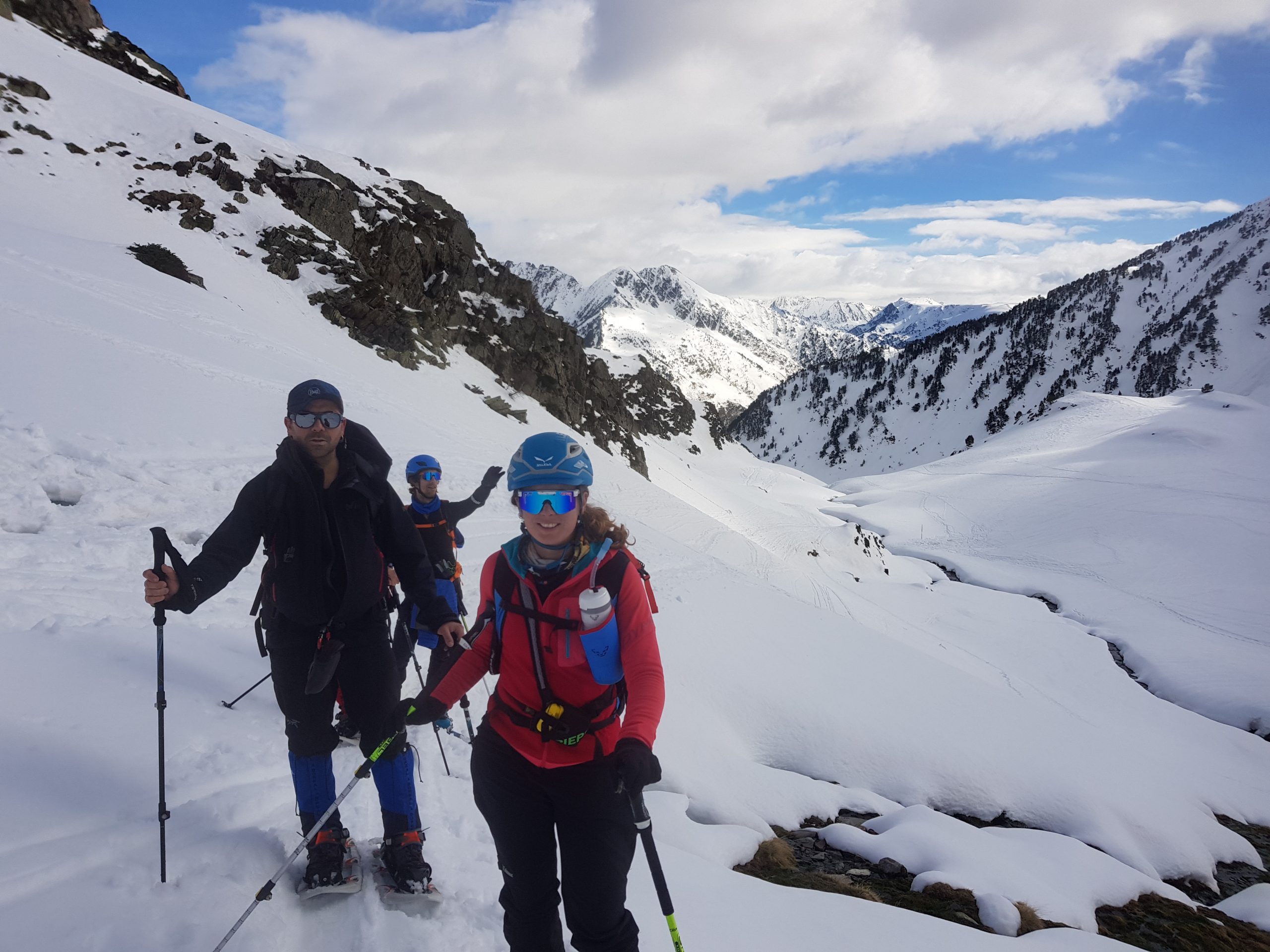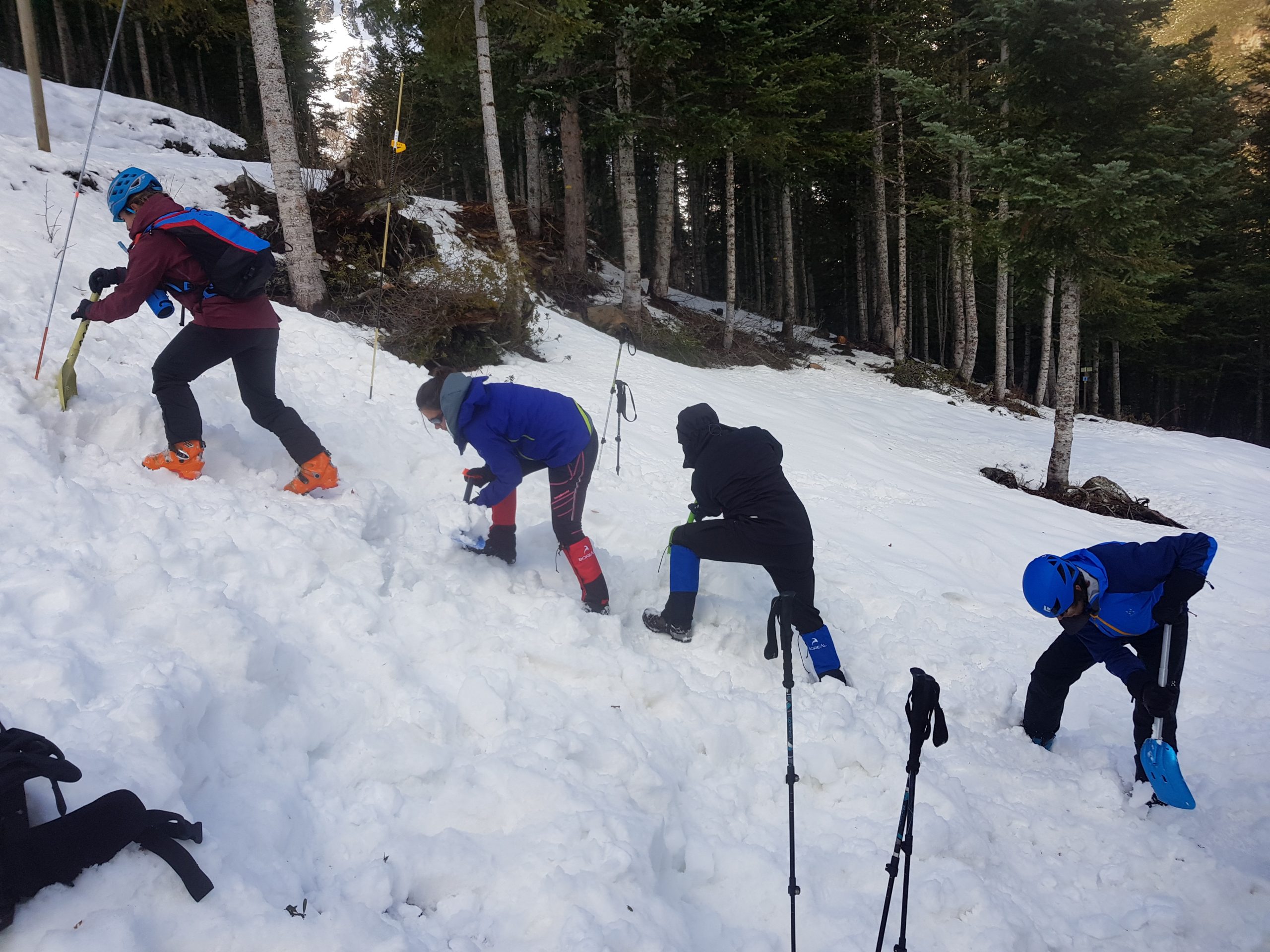Training objectives
The main objective of the course is to provide the student with the tools and knowledge necessary to move safely in avalanche terrain.
– Recognize and avoid the terrain of avalanches
– Know how to prepare an exit (BPA, meteorology, etc)
– Understand the relationship between stratification and the danger of avalanches
– Learn risk reduction techniques
– Learn basic self-rescue techniques
Training Contents
• Contents:
– Terrain of avalanches and terrain traps
– Tracing of safe routes
– Snow stratification
– Current snow conditions and meteorological effects (forecasts)
– Preparation of an exit and risk reduction techniques
– The human factor in avalanche accidents
– Basic rescue (DVA, shovel, probe and organization)
• Format:
– 18 hours. Friday, 3hT; Saturday, 6 hP + 3hT; Sunday, 6 p.m.
• Audience:
-Anyone who frequents the mountain in winter
• Location
– The location may change because the most favorable conditions for learning are sought.
Activity scheduled in the ACNA calendar. Also open on demand. It can be adapted to different user groups.
- - Training Previous: none. It is recommended to have attended a talk or read a publication.
- - Physical conditions: be able to move easily through the snow (exits between 500 and 1000 m elevation gain)
- - Clothes suitable for winter activity
- - Safety equipment: Avalanche victim detector (DVA), shovel and probe
- - Progression material: Skis or snowshoes
- Notes
- Snow Evaluation Board / Evaluator Card
- Amaroq Explorers guide
- Accident and RC insurance
- Taxes
- Transportation
- Overnight at the mountain lodge
- Meals
- Progression equipment
- Safety equipment (AVD, shovel and probe)
- Everything that is not specified as included
- 165 € per person
- 135 € for ACNA members
-
– Arrival at the lodge/ classroom
– 3 hours Theory
– Dinner
-
– Breakfast
– Field trip (6 hours of practice)
– Return to the shelter / classroom
– 3 hours of theory
– Dinner
– Videos (optional)
-
– Breakfast
– Field trip (6 hours of practice)
– Farewell
